
The area under the concentration-time curve (AUC) for vancomycin at discharge was the only modifiable factor found that was independently associated with patient safety outcomes.

The area under the concentration-time curve (AUC) for vancomycin at discharge was the only modifiable factor found that was independently associated with patient safety outcomes.
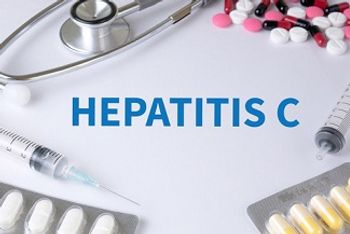
A new study demonstrates having 1 risk factor or more increases the odds of testing positive for hepatitis C (HCV) by 20% compared to individuals without any risk factors.

Extended infusion of the antibiotics resulted in fewer patients who died, a shorter length of hospitalization, and lower incidence of C difficile.

Implementing rapid near patient testing (NPT) reduced patient isolation time, length of hospital stay, antibiotic usage, and overall cost.

The US FDA has accepted a Biologics License Application (BLA) for Seres Therapeutics' SER-109, and set a Prescription Drug User Fee Act (PDUFA) action date of April 26, 2023.

Experts are advocating for occult hepatitis B to be spotlighted.

With an all-ready challenging patient population to treat, having a program to get more people into treatment can be helpful in an underserved group.
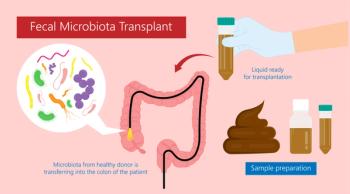
A fecal microbiota transplant (FMT) trial was halted early due to clear evidence the treatment was superior to placebo.

Among pregnant women coinfected with HIV, a higher hepatitis C viral load increased the likelihood of transmitting HCV to children.

However, according to one study the risk of heart inflammation increases with age and amplifies in patients with hepatitis C (HCV) compared to patients without HCV.

A meta-analysis study shows having the comorbidity presents significant health risks for this patient population.

People exposed to a family member recently hospitalized with C difficile infection were 73% more likely to contract CDI themselves.

Improving stool sample collecting and testing reduced C difficile underdiagnosis.
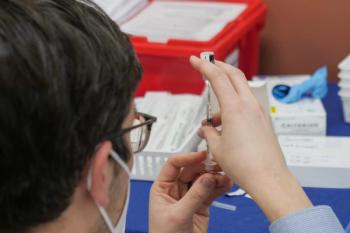
The federal agency's new guidelines for adults between 19-59 years replaces risk-based recommendations.

Engaging in antimicrobial stewardship programs led to a reduction in antibiotic usage in long-term care facilities, potentially reducing the growing risk of antibiotic resistance.

To reduce antimicrobial resistant pathogens, nursing homes should carefully monitor their use of hospital-grade antibiotics.

Hospitals with lower c difficile antibiotic usage averaged shorter length-of-stay than hospitals that prescribed more antibiotics.

Underweight elderly pneumonia patients were more likely to contract C difficile infection.
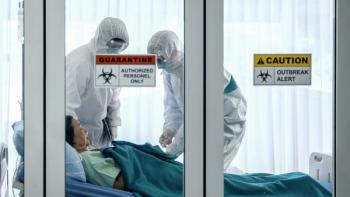
COVID-19 patients were not at increased risk of Clostridium difficile infection. However, those already infected with C diff were more likely to experience severe outcomes.

The FDA has approved patients 6 months and older to receive Seqirus's first-ever adjuvanted, cell-based influenza vaccine.

Ferring Pharmaceuticals and Rebiotix reported results from a trial on their therapy, RBX2660, which shows promise as a Clostridioides difficile infection (CDI) treatment.

A discussion with William Schaffner surrounding the CDC recently updating their recommendations on mask wearing.

The proportion of cases with CDI in perforated appendicitis was found to be greater in comparison to the non-perforated cases.

CDI prevalence among those hospitalized with a COVID-19 infection was not found to be increased despite more use of antibiotics.

With labs blinding a specific panel, a C diff diagnosis can be masked and missed.
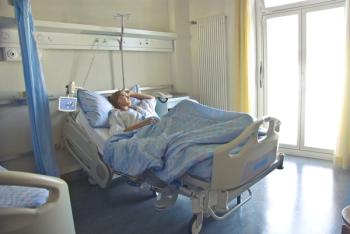
Hospitalized patients with COVID-19 and chronic inflammatory diseases were seen to have no statistically significant increased length of hospital stay or need for mechanical ventilation.
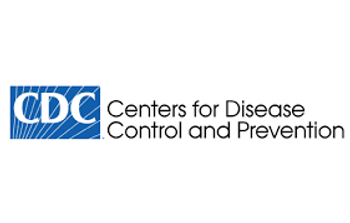
With millions of mRNA vaccine doses administered, the US Centers for Disease Control and Prevention (CDC) provide information on these events.

Project aims for additional good-paying jobs, combatting the climate crisis, advancing racial equity, and building back better than before.

The federal agency announces that of nearly 2 million vaccinations, only 21 total cases of severe reactions took place.
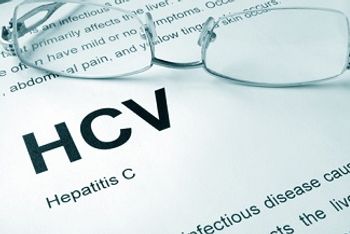
A team of investigators review global HCV infection rates in an attempt to quantify HCV-associated cardiovascular disease.

Published: April 24th 2021 | Updated:

Published: October 26th 2022 | Updated:

Published: August 1st 2019 | Updated:
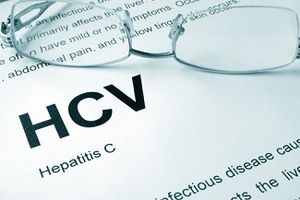
Published: August 22nd 2019 | Updated: